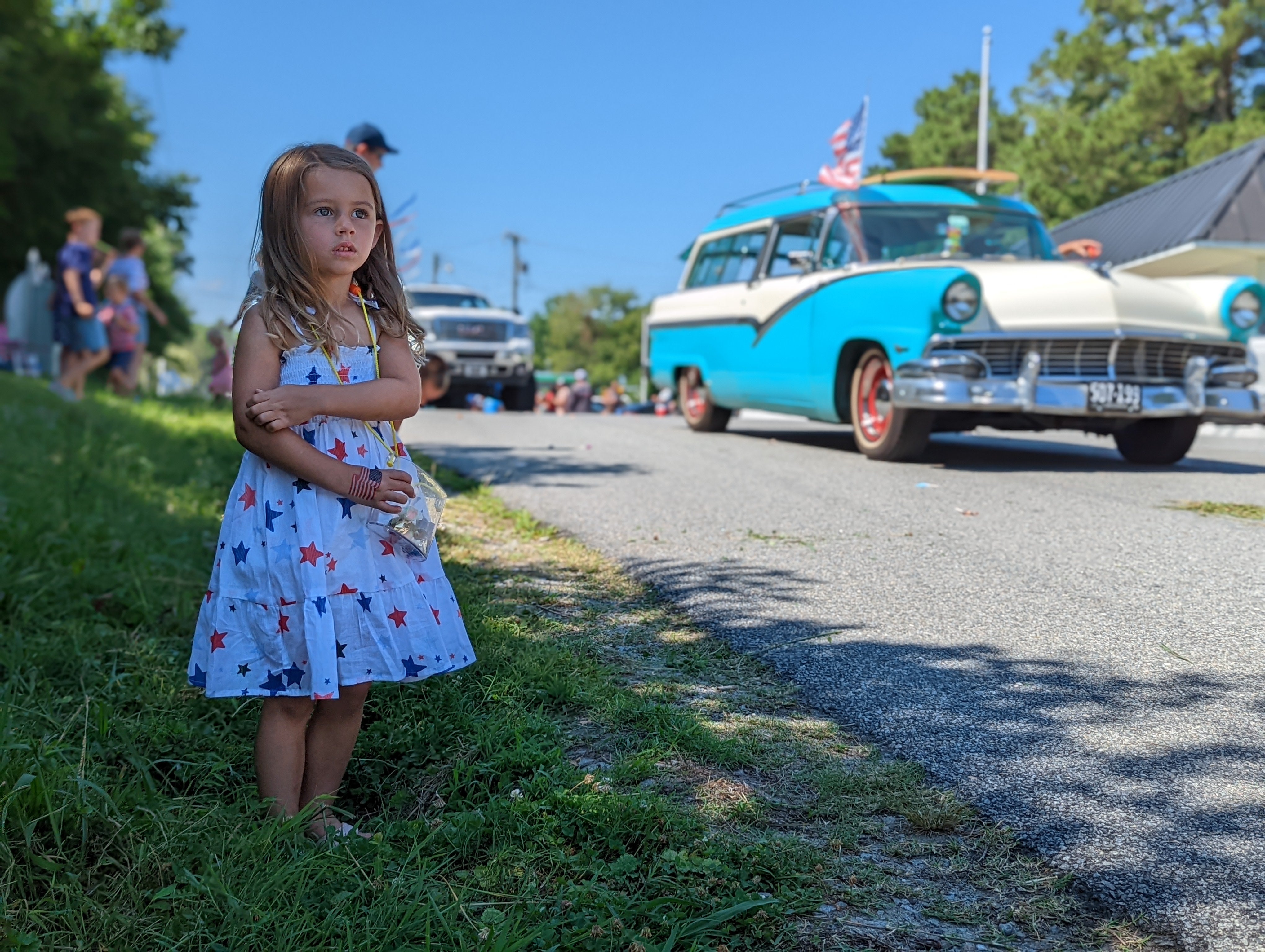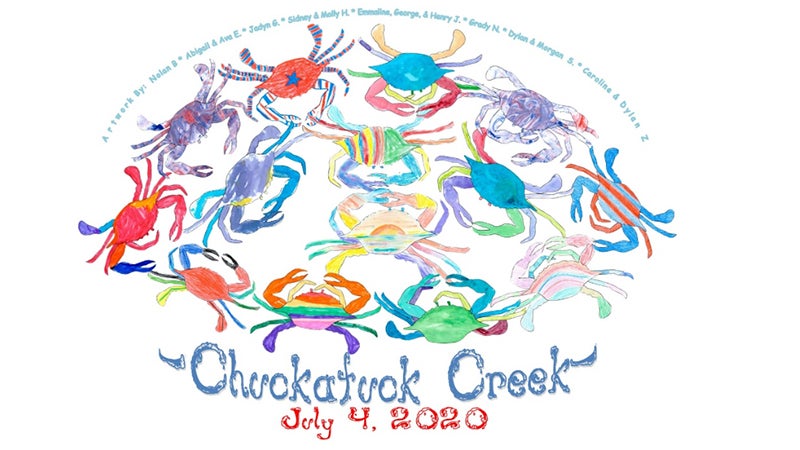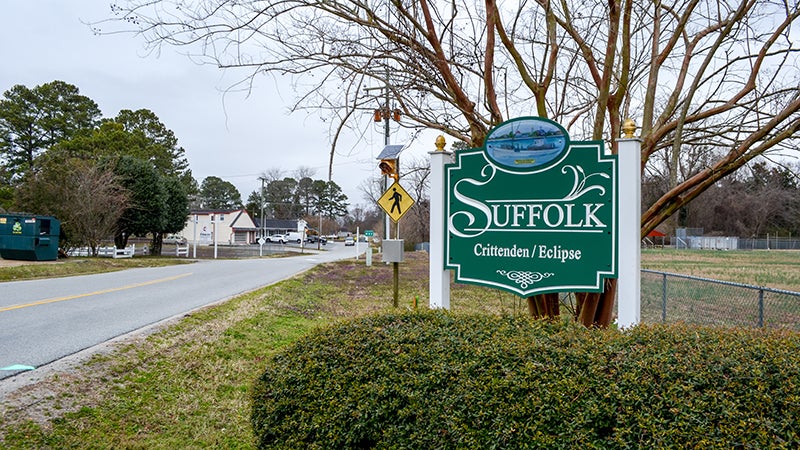River Talks in Eclipse
Published 10:10 pm Wednesday, November 16, 2016

- From front to back, Larry Saint, author and researcher for the Lighthouse Project, Elizabeth Taraski, president and chief executive officer at Nansemond River Preservation Alliance, Lissa Cash and Wyatt Davis survey the lighthouse project expo at the River Talks event on Tuesday evening.
An organization that has been instrumental in telling the history of many of the communities in and around Suffolk in recent years has another in its series of photography-heavy books in the making.
Officials from Suffolk River Heritage revealed during a River Talks installment at the CE&H Ruritan Hall on Tuesday that they are in the midst of producing a book about the lighthouses that used to dot the area.
The book, which should be available in April, was inspired when author Larry Saint took the architectural plans for the old Nansemond River Lighthouse and created a model of the structure.
This sparked an interest for Saint and led him to expand his research, with the help of Suffolk River Heritage. The group has interviewed the descendants of lighthouse keepers and researched plans and records.
Tuesday’s River Talk included a “Lighthouse Expo,” featuring information about local lighthouses. Saint’s model of the Nansemond River Lighthouse was there, along with a scaled drawing by SRH board member Karla Smith of the James River with lighthouses plotted along the waterway.
“The premise of tonight is to show our methods behind our madness,” said Smith, chairman of Suffolk River Heritage and a member of Nansemond River Preservation Alliance.
More than 40 local citizens and historical society and preservation members engaged in various workshops about preserving family and local history.
“There’s a lot of different ways that you can do it,” Smith said.
Past installments of River Talks have covered topics concerning water quality, local history and the value of nature trails, among others.
The program presenters on Tuesday were Joe Bass, historian and workshop coordinator at Suffolk River Heritage; Saint; Arthur Bradshaw, technology consultant for the Greater Chuckatuck Historical Foundation; Jean Hodges, photography curator for Suffolk River Heritage; Lynn Rose, historian at Greater Chuckatuck Historical Foundation; and Smith.
There were four stations — a sales station, the lighthouse project expo, a media station and a technology station.
The sales station had books and paraphernalia about Chuckatuck.
One of the books on sale was history of Chuckatuck, told largely in photos. Ann Lovell, one of the board members of the Greater Chuckatuck Historical Foundation, said most of the photos were collected from local organizations and churches.
“If we didn’t collect the photos that we could, we would lose them,” Lovell said.
The media station, referred to as “The Gathering Place,” had biographies, stories and archives provided by the Greater Chuckatuck Historical Foundation and Suffolk River Heritage.
Members at the station showed how letters, pictures, memoirs, maps and interviews can be used to tell personal, family and community stories.
The technology station taught residents how to save their old photos and documents and digitize them into files and movies.





